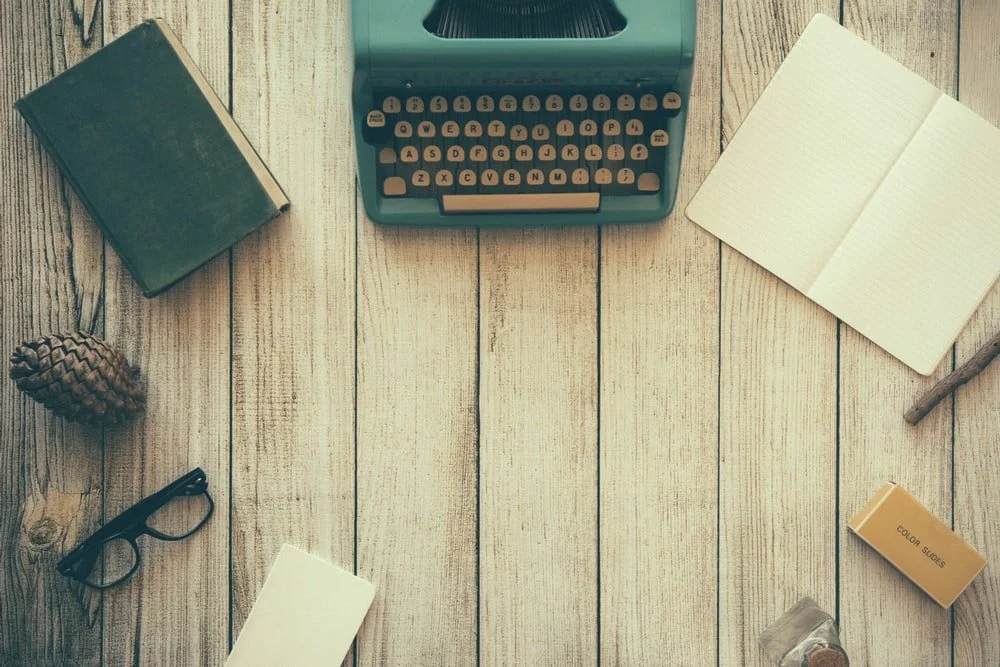 Once again, I find myself blindsided. Don’t get me wrong; as a Missionary Sister of the Precious Blood, I believe in the power of the Precious Blood of Jesus. However, we live in deeply disturbing times or should I say, ‘in a world gone mad’? We live in a world where the blood of 49 innocent people stained an Orlando nightclub a deep crimson red. ‘Why did they die?’ is the question posed most recently by Time Magazine. Why indeed?
Once again, I find myself blindsided. Don’t get me wrong; as a Missionary Sister of the Precious Blood, I believe in the power of the Precious Blood of Jesus. However, we live in deeply disturbing times or should I say, ‘in a world gone mad’? We live in a world where the blood of 49 innocent people stained an Orlando nightclub a deep crimson red. ‘Why did they die?’ is the question posed most recently by Time Magazine. Why indeed?
In the midst of trying to cope with one tragedy, the violence continues city after city after city – one can hardly keep track of them all. No wonder so many of us are anxious about our own safety and the safety of our loved ones. Books galore, such as Overcoming Anxiety for Dummies, are geared toward soothing our nerves. Dummies? Really now. These days many of us seem to be more like experts, rather than dummies, in the anxiety department. For example, with his fear mongering, Donald Trump is raising the anxiety level not only of many Americans, but also people beyond their borders.
As difficult as the concept may seem, Mr. Trump, just like you and me, is a child of God, as are perpetrators of violence. We are all sisters and brothers, human beings who share the common source of life coursing through our veins – our precious blood. As a sub-stance, there really is no substitute. However, blood is a wily fluid. To various people, it connotes dramatically different things: health, life, death. Indeed, we usually don't give much thought to blood on a regular basis, unless we are watching a vampire movie, donating blood or suffering from a cut - or watching the latest news update about yet another violent death. We all know this much – the approximately 5 liters of blood flowing through our bodies is truly a matter of life and death. It is also the same blood that coursed through the veins of Jesus.
Travelling quite extensively during this Jubilee Year of Mercy, Pope Francis recently in Armenia visited a genocide memorial. In the guest book, he wrote: “Here I pray with pain in my heart that there may never again be tragedies like this, so that humanity may never forget and may know that good wins over evil.”
We, the Missionary Sisters of the Precious Blood, daily pray for peace and safety for all who share this earth, our common home. May we fall into mercy, catch glimpses of the grace daily bestowed on us and may the Precious Blood of Jesus Christ protect us.
Guest blogger, Sr. Magdalena Vogt, CPS






